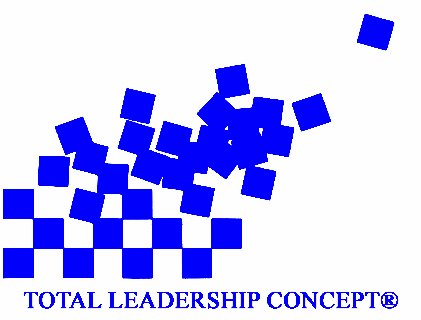
Abilities
Arousal
Attitude
Behavior
Beliefs
Competencies
Engagement
Environment
EI
Experience
Feelings
Intention
Motivation
Nature and genes
Organization
Performance
Performance Improvement
Performers
Process
Results
Skills
Social Pressure
Talent
Understanding
Values
Competencies are the state or quality of being adequately or well qualified to perform a task. A person gains competency through education, training, experience, and natural abilities.
While there are many definitions of competency, most of them have two common components:
- The competencies are observable
or measurable skills, knowledge, and abilities.
- The SKA (skills, knowledge, attitude) must distinguish between superior
and other performers.
The major difference between traditional job based models and competency based model lies in their approach in identifying the SKA needed for successful performance. The dominant approach in performance management has focused on designing organizations around job structures. This traditional job based approach starts with a job analysis to identify job-related tasks, which are then used to identify a list of SKA that are required for successful job performance.
On the other side of the coin are competency-based models. These start with the performance indicators of expert performers to produce a list of grouped competencies, related to effective or superior performance. The question is not which SKA do we believe are required to perform a job, but which SKA do superior performers in a job possess and use? Organizational success greatly improves upon hiring individuals who fit the organization, rather than the job. A person-to-organization match provides an organization with the core competencies needed to maintain a competitive advantage by meeting the demands of a rapidly changing environment brought on by corporate restructuring and change initiatives.
We are using the following typology for competencies:
- Knowledge
- Understanding
- Skill
- Attitude
- Value
For example, to have an understanding of adult learning theories; to have a skill in setting objectives; to respect (value) the uniqueness of all people. The main reason we add the terms of understanding, values and attitudesis is related to what makes expert performers “experts,” they have a love for what they are doing, which can only be captured through values and attitudes. As far as “understanding” I believe this is more of a term that fits in with today's knowledge workers.
So in the end, when assessing the expert performers with such tools as interviews, observation, and self-assessments, you are going to get a lot of skills and knowledge indicators. However, you are also going to pick up some of these other milder indicators of what makes them successful. Thus, do not dwell on observable behaviors, but rather on what makes an expert performer desirable to the organization. This is what competencies are all about.
An example of a hierarchy of standards would be:
- Competent - Satisfactory,
able to perform the competency.
- Proficient - Above average, able to perform the competency
well (expert).
- Excellent - Extraordinary, able to perform the competency
superbly (guru).
For more information about the topic, see Competencies Models.